Should You Buy Ski Gloves or Ski Mittens?
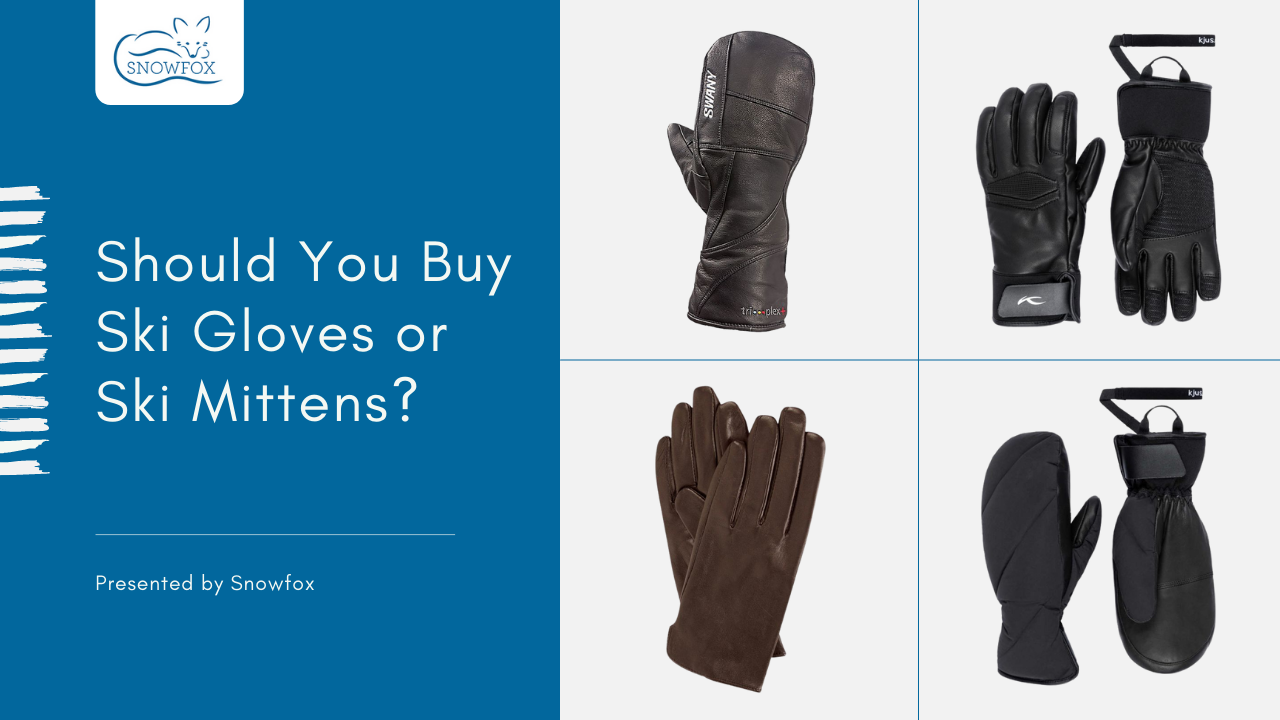
Gloves and mittens are both effective in keeping the hands of skiers and snowboarders warm while hitting the slopes. However, there are some key differences which may influence your decision in choosing whether to buy ski gloves or mittens.
In terms of form, ski gloves have individual pockets for your fingers, providing greater dexterity and allowing you to do up zips, handle gear, and hold poles. Ski mittens, on the other hand, only have one large pocket for four fingers and a small one for your thumb, which allows for less dexterity but provides greater warmth.
Before you decide whether to buy snow gloves or mittens, there are a few things you need to consider. Let’s take a deeper look into each option.
Things to Consider When Buying Ski Gloves and Mittens
Both ski gloves and mittens are worn to keep your hands warm when you’re out in the slopes. Before you get to deciding which one is better for you, familiarize yourself with the basic properties that you need so your hands will stay comfortable, dry, and warm out in the snow.
Insulation
There are two primary insulation materials used for gloves and mittens – down and synthetic.
Down insulation is superior to synthetic and some of the properties that make it an excellent insulation material are its ability to compress, its lightweight, durability, and breathability. It can last for a long time, but it is pricier compared to synthetic. It also does not recover well, meaning it ceases to effectively keep your hands warm, after it has gotten wet. This is why ski gloves and mittens that use down for insulation often come with a shell that prevents water from getting into the insulation.
Synthetic insulation, on the other hand, is preferred by the masses because of its affordability. It also dries faster and can keep hands warm even after it gets wet. However, synthetic insulation is not as durable as down and the overall quality is also not as good as down.
Most high-end ski glove and mittens use Primaloft (brand) insulation which is considered the best and most technologically advanced synthetic insulation in the market. The Primaloft brand is associated with the highest quality and functionality.
For Australian conditions (which are often considerable wetter than in the northern hemisphere resorts) a premium synthetic insulation is better than a down insulation.
In fact most Australian glove importers don’t import many down mittens or gloves as once down gets when it doesn’t insulate well and takes longer to dry than a synthetic insulation.
That said (as already mentioned) down gloves/mittens are definitely super warm and are an ideal choice for dry cold conditions (ie central North America) Primaloft insulation is itself hydrophobic so doesn’t absorb any water and is stretchy itself so creates a comfortable, warm and water resistant insulation.
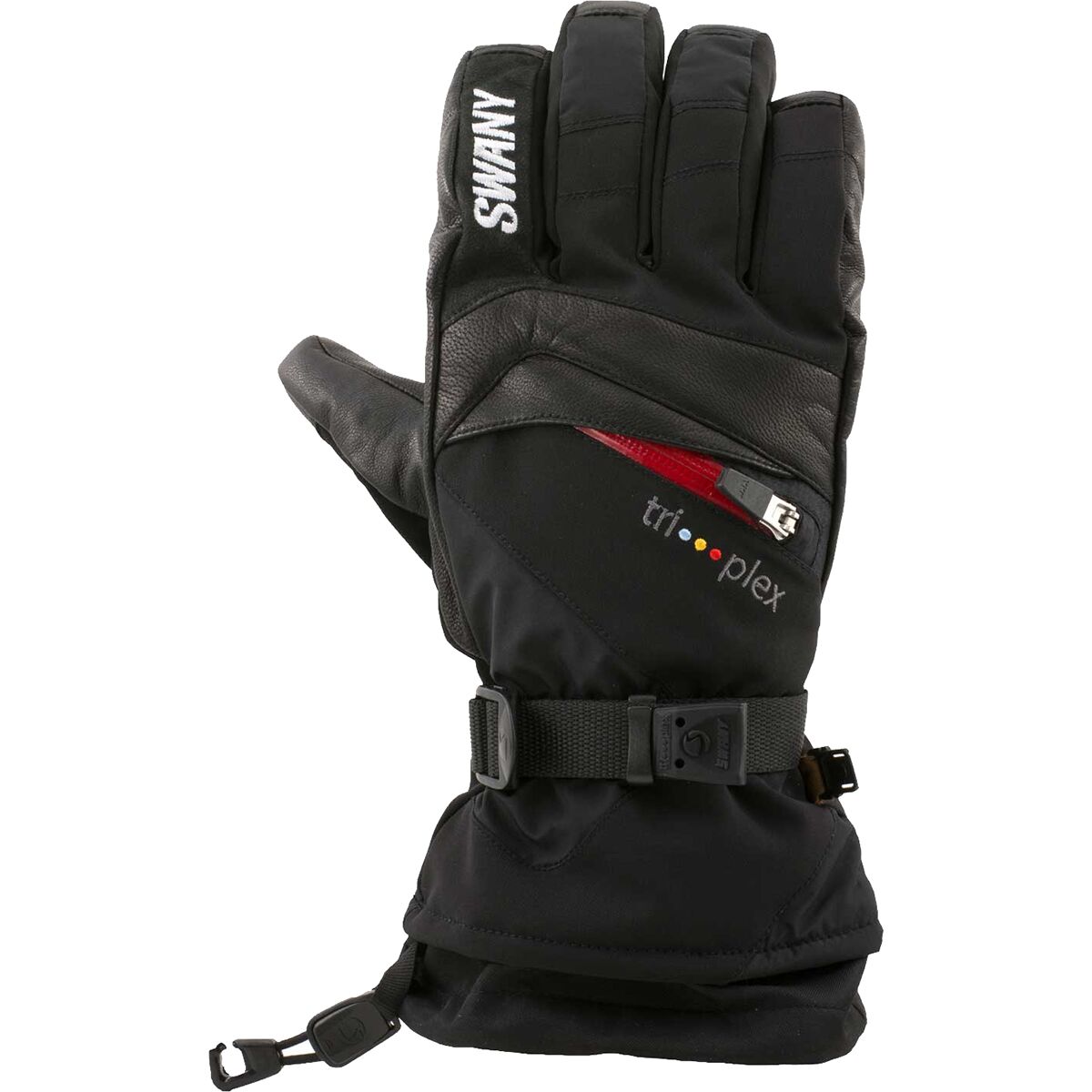
Waterproofing and Breathability
Waterproofing is a critical component in snow gloves and mittens. Getting your fingers wet while on the slopes can quickly ruin your day. Most handwear feature cinching mechanisms and cuffs that will keep the snow out. When you sweat, though, your fingers and hands retain moisture and breathability is necessary to help wick away moisture that is produced inside your handwear. Fortunately, most ski handwear have built-in waterproofing and breathability capabilities nowadays.
Synthetic fabrics are more waterproof than leather but leather is warmer and more breathable than synthetic fabrics. An all leather glove/mitten will always be warmer than a synthetic glove/mittens.
Mittens are generally considered to be 30% warmer than gloves as the fingers insulate each other and there is more air warmed by the wearer to circulate around the hands to keep them warm – it’s the same principle as hopping in a sleeping bag with someone to warm them up if they have hypothermia
For Australian conditions, a combination glove or mitten with leather on the palms and over the fingers to provide warmth, breathability, and grip with a synthetic fabric on the back of the hand to increase waterproofing from snowfall is a great combination/compromise between waterproofing and warmth.
All our premium gloves and mittens have a waterproof membrane that is individually sewn inside the lining, Insulation and outer layers. Gore-tex (brand) is one of the most well known waterproof membranes, however many brands produce their own waterproof membrane fabric that is almost identical to Gore-Tex but slightly less expensive as it’s internally produced.
Manufacturing
One key element of premium gloves and mittens is how they are manufactured. Many cheaper gloves and mittens are manufactured by laying the various layer of fabric/insulation flat and cutting out the shape of a hand, then sewing all the layers together in one go. Despite the quality of the individual layers of fabric, manufacturing gloves and mittens this way automatically destroys the integrity of the waterproof membrane as it now has thousands of stitching holes all around the seams. All of our premium gloves and mittens have a waterproof membrane manufactured separately and heat seam-sealed to preserve waterproofing rather than stitched.
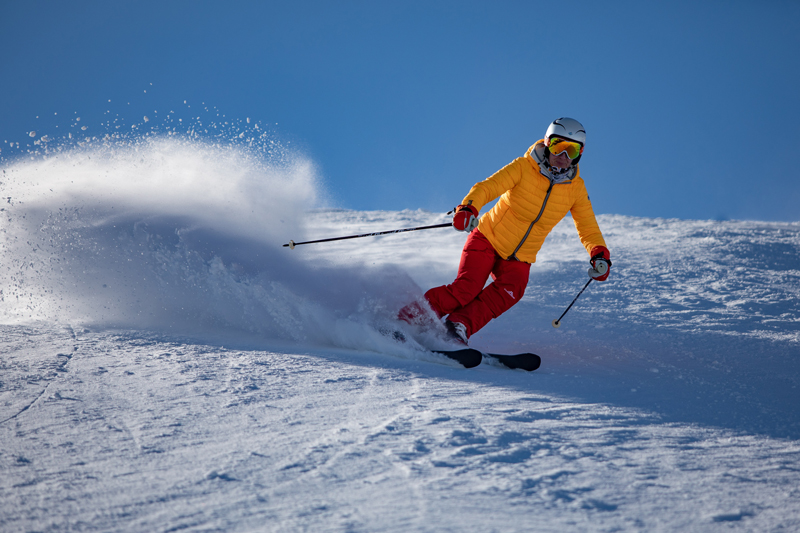
Mobility
Certain tasks would require dexterity that only a pair of ski gloves can offer, such as opening up zippers or pockets and holding your phone or camera. The structure of snow mittens, on the other hand, allows for minimal dexterity because the fingers are restricted. While it is possible for you to open and close your hands and clasp objects in a rudimentary way, you will not be able to tightly grip objects. Three-finger snowboard mittens are used by snowboarders who prefer the warmth of mittens but need to have greater dexterity to fasten bindings and carry out other tasks with their hands.
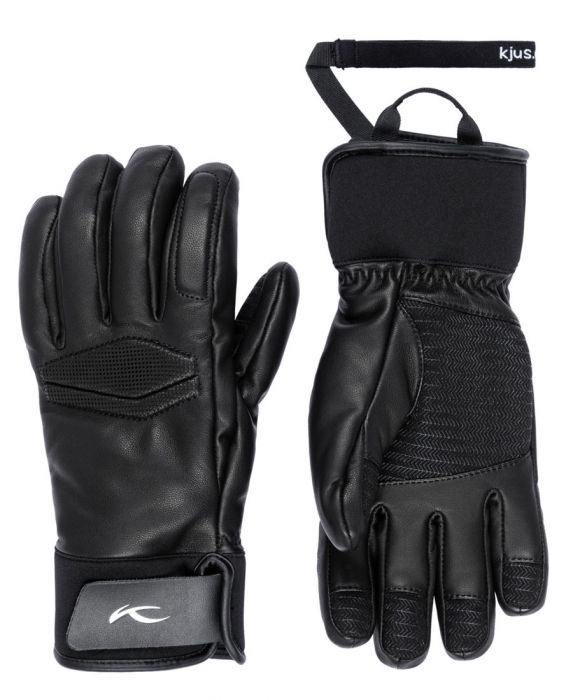
Ski Gloves – Pros and Cons
Ski gloves are designed with individual slots for each digit to allow full freedom of your fingers. Unlike mittens, ski gloves are grippy and agile. Most skiers prefer to wear these for grasping ski poles. In addition, cross-country skiers prefer lightweight ski gloves because they tend to work up a sweat and these gloves help to wick moisture away.
There are short-cuff and long-cuff ski gloves. Short-cuff gloves slide under the jacket sleeve, while long-cuff gloves go over the sleeve of the jacket. As to which is better is a matter of personal preference. A lot of gloves now come with removable snow glove liners, which can be very convenient when the weather warms up. These ski glove liners, however, can be hard to perfectly line back up with your fingers, and this can be uncomfortable and annoying.
The downside of ski gloves is that they do not provide as much warmth compared to mittens. You may opt for thick gloves with a waterproof membrane but keep in mind that thickness does not necessarily equal warmth. You need to make sure you choose a breathable pair of gloves so the moisture will not get locked inside. If you are planning to shop for women’s ski gloves, ski gloves men’s, or kids’ ski gloves, you also need to consider the general temperature where and when you usually ski.
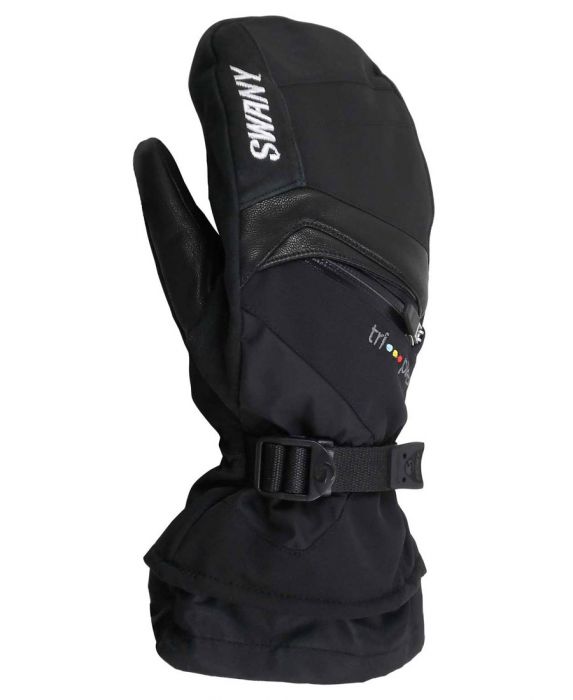
Ski Mittens – Pros and Cons
Snow mittens come in many of the same features as gloves, such as cuffs of different lengths, leashes, and various grips. They also come in varying thickness and your choice should not just be about the thickest pair that you can find. Mittens cause your hands to sweat more quickly than gloves. You would want to wear a pair that is made of breathable material, to keep your hands from getting clammy and cold.
On a cold day, mittens are likely to do a much better job keeping your fingers warm than very thick gloves. If you are going where the weather is frigid, it would be best for you to get some mittens. With all fingers except the thumb enclosed in one space, mittens are more effective in keeping your hands warm. Although the movement of your fingers would be restricted, you will still be able to grasp ski poles with no problem.
Are You a Skier or a Snowboarder?
If you are a skier, wearing ski gloves would offer better dexterity and allow you to handle gear more easily compared to mittens. Take note that wearing thick, bulky gloves might make it hard for you to manoeuvre, but the extra sacrifice in dexterity might be worth it if you want greater warmth. Invest in a quality pair of ski gloves with excellent insulation and is fully waterproof.
Snowboarders need to consider some additional factors when selecting gloves or mittens. As they are constantly undoing and doing up buckles snowboarders gloves/mittens touch a lot more snow than skiers do and so tend to get much wetter. An all leather glove is not ideal for a snowboarder.
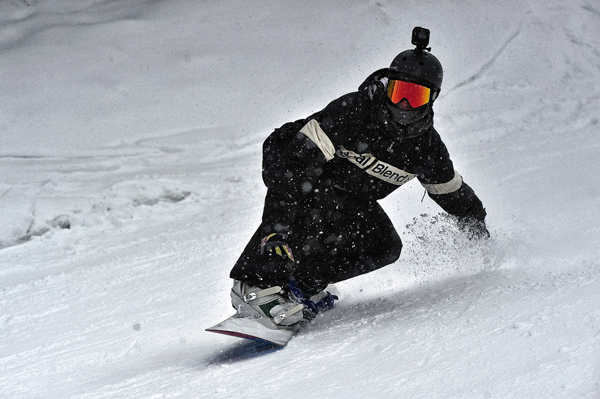
A snowboarders boarding style will also influence what they should look for in a glove or mitten:
- As mentioned, dexterity to undo and do up buckles is important.
- Whether you put your hand down on the snow to turn or not. If Snowboarders put their hands on the snow while they are turning in Australian conditions, they are likely to be scraping the glove on ice. Ice will damage and rip soft leather or a thin synthetic fabric so snowboard gloves/mittens should be reinforced with a thick rubber or cordura on the palm and over the fingers to provide a more durable toughened palm.
- Some snowboarders grab the sides of their boards while they are boarding and many pick their boards up often to move along flat areas by the edges so it’s also necessary to have a toughened palm so the glove doesn’t get torn or scuffed.
If you are a snowboarder, you can opt for mittens and benefit from the greater warmth that they provide since you will not be needing dexterity to hold poles. It is also easier to put mittens on and take them off.
Conclusion
If you usually ski in extremely cold conditions, mittens will be able to keep your hands warm. On the other hand, if you are a spring skier, cross-country skier, or prefer to stay in the lodge instead of venturing out into a blizzard, the ski gloves are probably right for you. The main considerations that will influence your decision is how much dexterity you require with your fingers and the level of warmth you need.








